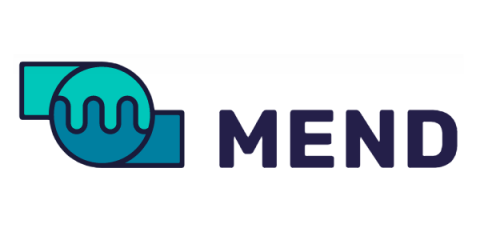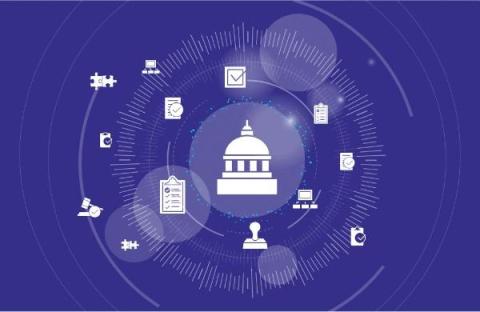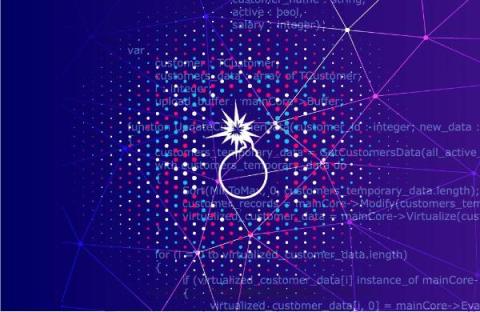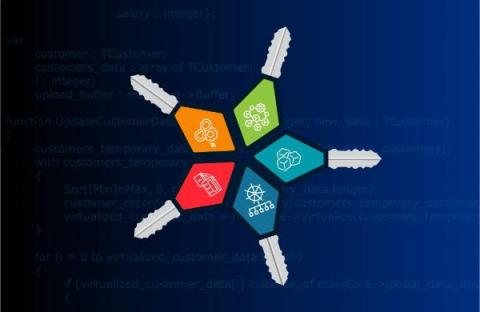Adversaries Are Using Automation. Software Vendors Must Catch Up
We won’t start yet another blog yammering about how bad the consequences of an attack are. There’s a lot on the line, including both financial and reputational losses. You get it. We get it. Cybercriminals definitely get it. Another thing cybercriminals get is automation. Attacks are up and their rise is expected to continue, in no small part due to the fact that attackers are using automation to scale their criminal enterprises.










